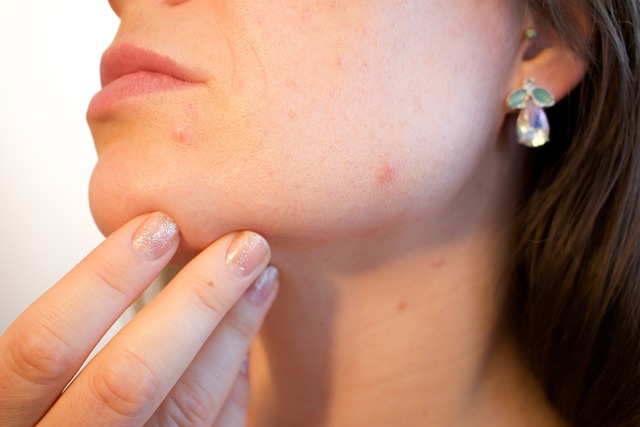Pimples are often seen as a nuisance, especially in visible areas like the face. However, did you know that the location of your pimples could be a sign of underlying health issues? According to traditional Chinese medicine (TCM) and Ayurveda, the skin reflects your internal health. Breakouts in specific areas may indicate that certain organs or systems in your body are not functioning optimally. In this blog, we’ll explore what pimples on different body parts might be telling you about your health.
1. Pimples on the Forehead: Digestive System

Pimples on your forehead might indicate issues with digestion. This area is linked to the bladder and intestines.
- Drink plenty of water to flush out toxins.
- Eat a balanced diet rich in fiber, fruits, and vegetables.
- Avoid greasy and sugary foods.
- Consider probiotics to improve gut health.
2. Pimples on the Cheeks: Respiratory System
Pimples on the cheeks are often associated with respiratory issues. Pollution, smoking, or allergies could be contributing factors.
- Clean your phone screen regularly.
- Change pillowcases at least once a week.
- Avoid smoking and exposure to pollutants.
- Practice deep breathing exercises to improve lung health.
3. Pimples on the Nose: Heart and Circulatory System

The nose is linked to the heart and circulatory system. Pimples here could indicate high blood pressure or poor circulation.
- Monitor your blood pressure and cholesterol levels.
- Incorporate heart-healthy foods like nuts, seeds, and leafy greens.
- Reduce stress through meditation or yoga.
- Avoid excessive caffeine and alcohol.
4. Pimples on the Chin and Jawline: Hormonal Imbalance
Pimples on the chin and jawline often indicate hormonal fluctuations, common during menstrual cycles or stress.
- Maintain a consistent skincare routine.
- Eat foods rich in omega-3 fatty acids to balance hormones.
- Reduce stress through relaxation techniques.
- Consult a healthcare provider if hormonal issues persist.
5. Pimples on the Back: Respiratory and Digestive Systems

Pimples on the back may be caused by poor diet, stress, or tight clothing. Sweat and friction can also play a role.
- Wear loose, breathable clothing.
- Shower immediately after sweating.
- Eat a balanced diet and stay hydrated.
- Exfoliate regularly to prevent clogged pores.
6. Pimples on the Chest: Stress and Digestive Issues
Pimples on the chest often point to stress or digestive problems. Sweat and tight clothing can exacerbate the issue.
- Practice stress management techniques like yoga or meditation.
- Avoid tight clothing that traps sweat.
- Maintain a healthy diet and stay hydrated.
- Use gentle, non-comedogenic skincare products.
7. Pimples on the Shoulders: Nervous and Digestive Systems

Pimples on the shoulders may indicate stress, a poor diet, or lack of sleep. Friction from heavy bags can also contribute.
- Get adequate sleep and manage stress.
- Eat a balanced diet rich in vitamins and minerals.
- Avoid carrying heavy bags on one shoulder.
- Keep the area clean and exfoliated.
8. Pimples on the Buttocks: Digestive and Circulatory Systems
Pimples on the buttocks are often caused by friction, sweat, or tight clothing. They can also indicate poor digestion or circulation.
- Wear breathable, loose-fitting clothing.
- Stay active to improve circulation.
- Eat a diet rich in fiber and whole foods.
- Keep the area clean and dry.
Conclusion
Pimples may seem like a superficial issue, but their location can reveal much about your internal health. By addressing the root causes, you can achieve clear skin and better overall well-being. If your breakouts persist, consult a healthcare professional for further guidance. Remember, your skin reflects your overall health—take care of it, and it will take care of you!